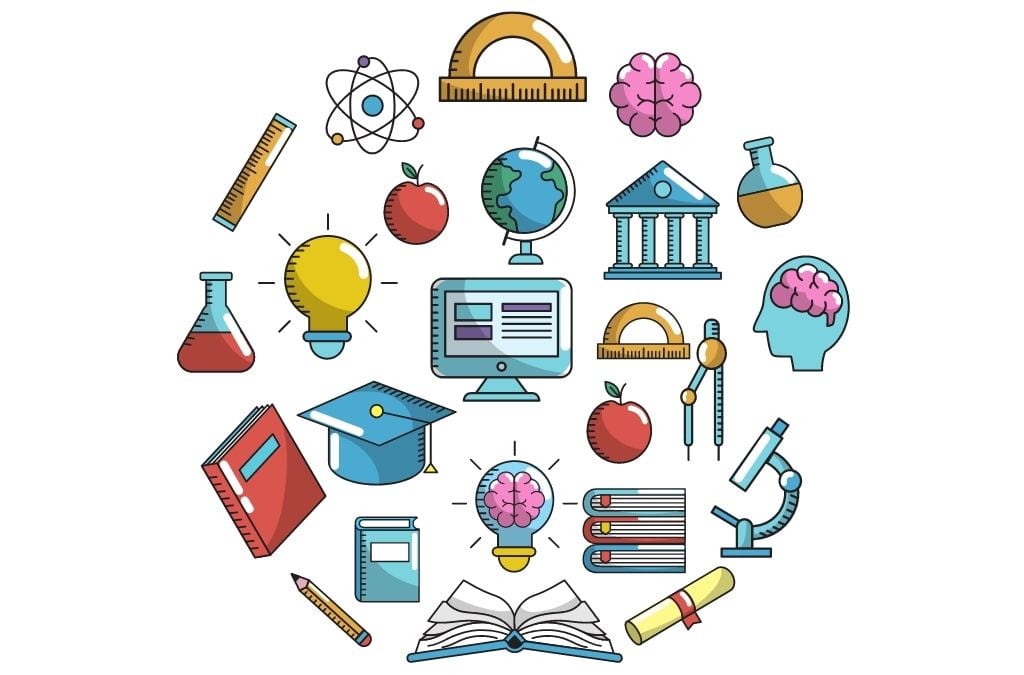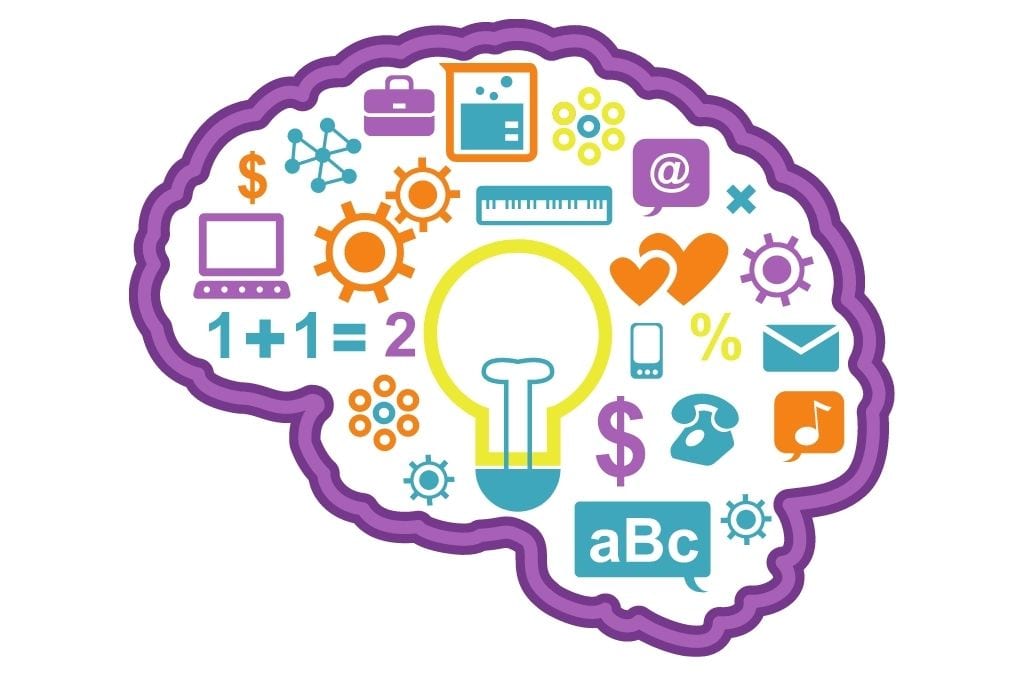Learning culture is a buzzword that floats around the core of e-learning, training, development, and business and organizational development that doesn’t mean much to the average human resources professional in any organization.
However, learning is happening all around us, all the time, and whether employees are learning from co-workers, management, administration, or executives, they are learning. This presents a two-fold problem that many human resources professionals seek to solve with canned, “out of the box” corporate training efforts that often fail to achieve their goals.
The first problem is that a “learning culture” is not clearly defined and the second problem is that “who’s in charge if/when the efforts to grow a ‘learning culture’ fail” is also not clearly defined.

To make matter worse, human resources professionals are tagged with making this “learning experience” fit some ill-defined “strategy, that some executive they’ve never met told them to do.
What is a well-meaning, yet hamstrung, human resources professional to do?
How can developing a learning culture in an organization help the people working?
Where does learning happen?
When can learning happen?
Who’s in charge of the outcomes—and consequences—if learning fails? Or, even worse, is implemented and then fails?
The first thing for a human resource professional to do is to remember the most important aspect of any cultural development effort:
All culture is learned.
And, if it’s learned, then it can begin to be grown through the intentional application of insights gleaned from doing five things well, and leaving every other thing to the side.
The subjective definition of "what culture is" has been hammered out over the course of the 20th century through the work and research of anthropologist, sociologists, psychologists, economists, and others who examine people’s behaviors in groups and individually, and they have developed some markers for defining “what culture is”:

In addition, culture determines our:
In other words, culture has a lot of power, and in organizations, where the act of learning is limited to understanding and executing on the day-to-day tasks that allow ideas and objects to be produced and shipped, learning past that can take a back seat.
When we human resource professionals are called to develop a “learning culture” they are being tasked with beginning a process that will create lasting change in their organization—if it is done carefully and intentionally.
And if it’s not done carefully, then the development of such a culture ends even before the first training session is attended or the first learner is engaged with.
Culture is learned, thus a learning culture can be intentionally developed. And there must be a clearly-defined strategy to approach the development of that culture so that it grows beyond just a task-oriented, “get the job done” perspective and approach.
With that being acknowledged, here are the top 5 ways to grow a learning culture in any organization.
Don’t ignore the fact that learning, content, connection, and engagement are all bound together into one evolving ecosystem that can’t be ignored. – Employees learn from each other, yes, but also YouTube, Facebook, Twitter, Google, and their friends, neighbors, and Netflix. No longer is the employer in full control (if they ever were) of an employee’s learning and engagement. And with the explosion of content and channels to deliver that content, an employer is at even more of a disadvantage than ever before.
Don’t mistake social connection, content consumption, or “hot take” dropping for actual learning and culture change. – Employees learn, of course, but take into consideration that much of what they learn may have little established relevancy to the work that they do every day. Relevancy is important to establish before designing any training and development process or system.
Don’t ignore implementation and execution or learning practices or watch well thought out learning strategies fail miserably. – Employees want to execute on their new learning. Without working with managers and supervisors to allow them the space to execute on their learning, what they have learned will die.
Don’t believe the idea that just because learners are working from home that learners are learning at home. – Employees want access to relevant content even when they’re at home. The early days of the pandemic featured employees working from home and mixing in Netflix. That history has passed and now we are in a space where learners are refocused on learning from home to make their work from home more effective and productive.
Don’t rely on just a piece of software to get learners to learn, or a piece of flashy training content or the latest fad in coaching and development to move your learners to action. – Employees are inundated with great content delivery platforms from YouTube to Netflix to Facebook to your LMS provider. They don’t need more content. What they need to take action is relevant, targeted, aggregated content that helps them do the work they’re being paid to do. Relying on just the content to move employees to action is like relying on the sizzle of the steak to whet a hungry person’s appetite.
When considering how to grow a learning culture in your organization, the human resources professional must get comfortable with leading from the front and developing the strategy that will engage employees, grow the organization, and move the work beyond just tasks being accomplished and towards people being enervated.